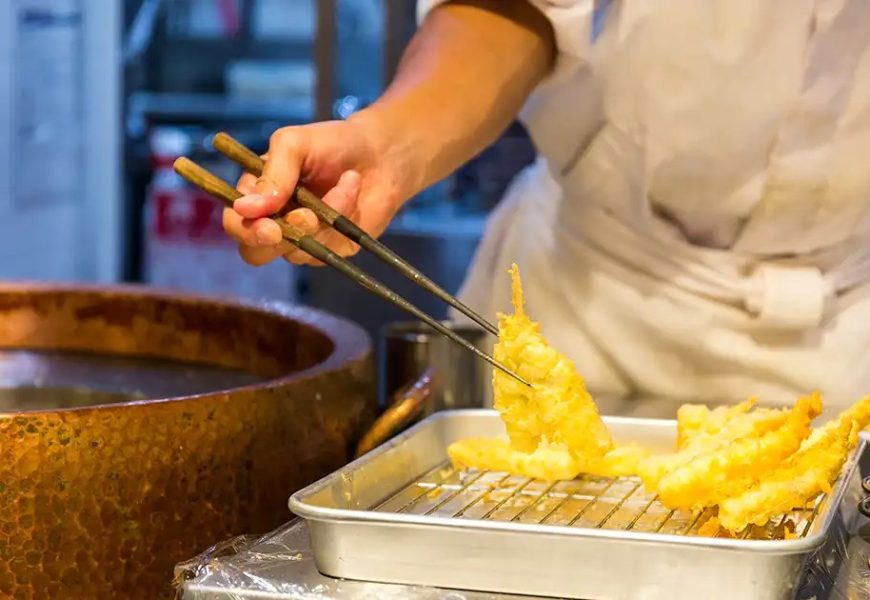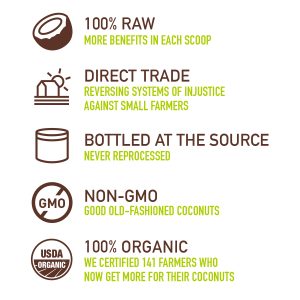In a world increasingly aware of the environmental impact of human activities, the culinary realm is no exception. Traditional cooking fuels and energy sources, such as coal, wood, and fossil fuels, contribute significantly to deforestation, air pollution, and greenhouse gas emissions. As the demand for sustainable practices grows, so does the need for eco-friendly alternatives in the kitchen. This article delves into sustainable alternatives to traditional cooking fuels and energy sources, offering a glimpse into the future of greener culinary practices.
1. Electric Induction Cooktops:
Electric induction cooktops are gaining popularity as a sustainable alternative to traditional gas or electric stovetops. Unlike conventional methods that heat cookware indirectly through burners or coils, induction cooktops use magnetic fields to directly heat the cookware. This results in faster cooking times, greater energy efficiency, and precise temperature control. Induction cooktops are also considered safer, as they remain cool to the touch, reducing the risk of burns.
2. Solar Cookers:
Harnessing the power of the sun, solar cookers offer a sustainable and energy-efficient way to prepare meals. These devices use reflective surfaces or mirrors to concentrate sunlight onto a cooking vessel. Solar cookers are particularly useful in regions with abundant sunlight and can be employed for various cooking methods, including baking, boiling, and roasting. They not only eliminate the need for traditional fuels but also reduce carbon emissions associated with cooking.
3. Biogas:
Biogas, produced through the anaerobic digestion of organic matter, serves as a renewable and eco-friendly cooking fuel. By utilizing kitchen waste, agricultural residues, or dedicated energy crops, biogas systems generate methane, which can be used for cooking. Biogas production also reduces the emission of methane, a potent greenhouse gas, from organic waste decomposition. Biogas can be used in specially designed stoves or modified traditional stovetops.
4. Biomass Stoves:
Biomass stoves are designed to burn organic materials, such as wood, crop residues, or animal dung, in a controlled and efficient manner. While traditional open fires release harmful pollutants into the air, modern biomass stoves incorporate improved combustion technologies to minimize emissions. Some advanced biomass stoves even feature forced-air systems, improving efficiency and reducing the environmental impact associated with deforestation and air pollution.
5. Ethanol Stoves:
Ethanol, a biofuel derived from plant materials like sugarcane or corn, serves as a clean and renewable cooking fuel. Ethanol stoves are designed to burn this alcohol-based fuel efficiently, producing minimal emissions compared to traditional fuels. The production of ethanol from renewable sources contributes to a closed carbon cycle, as the carbon dioxide released during combustion is offset by the plants’ absorption of CO2 during growth.
6. Hydrogen Fuel Cells:
Hydrogen fuel cells represent an innovative and sustainable approach to cooking. These devices convert hydrogen gas into electricity through a chemical reaction with oxygen, producing heat and water as byproducts. While still a developing technology, hydrogen fuel cells show promise as a clean and efficient energy source. They have the potential to revolutionize the cooking landscape by providing a continuous and eco-friendly power supply.
7. Pellet Stoves:
Pellet stoves use compressed biomass pellets, often made from sawdust or agricultural residues, as a renewable heating source. These stoves offer a sustainable alternative to traditional wood-burning stoves, as pellets are a byproduct of wood processing and do not contribute to deforestation when sourced responsibly. Pellet stoves are highly efficient and can be automated, providing a convenient and eco-friendly solution for home heating and cooking.
8. Heat Capture Technology:
Heat capture technology aims to minimize energy waste by capturing and repurposing excess heat generated during cooking. This innovative approach involves integrating heat exchangers or thermoelectric devices into stovetops and ovens to convert excess heat into usable energy. By maximizing the efficiency of heat utilization, heat capture technology reduces energy consumption and minimizes the environmental impact of cooking.
9. Wind-Powered Cooking:
Wind power, a well-established renewable energy source, can be harnessed for sustainable cooking. Wind-powered cooking devices, such as wind turbines or wind-driven generators, can generate electricity to power electric stoves or other cooking appliances. While this option may be more suitable for outdoor cooking or specific geographical locations with consistent wind patterns, it highlights the diverse ways in which renewable energy sources can be applied in the kitchen.
10. Methane Digesters:
Methane digesters, similar to biogas systems, capture methane produced during the anaerobic digestion of organic waste. These systems can be scaled for household or community use, providing a continuous supply of methane for cooking. Methane digesters not only offer a sustainable alternative to traditional cooking fuels but also address waste management issues by repurposing organic matter that would otherwise decompose and release methane into the atmosphere.
11. Thermal Storage Cookers:
Thermal storage cookers utilize phase-change materials or well-insulated containers to store and release heat slowly over an extended period. By absorbing excess heat during cooking and gradually releasing it to continue the cooking process, thermal storage cookers enhance energy efficiency. These devices are particularly effective for slow cooking methods and reduce the overall energy consumption associated with meal preparation.
12. Human-Powered Appliances:
Innovative designs for human-powered appliances offer a sustainable solution for cooking. Devices like pedal-powered blenders, grinders, or even electricity-generating stationary bikes can be used to power small kitchen appliances. While not suitable for all cooking needs, these human-powered alternatives demonstrate the potential for creative and sustainable energy solutions within the kitchen.
13. Piezoelectric Ignition Systems:
Piezoelectric ignition systems are commonly used in gas stoves to eliminate the need for battery-powered or electronic igniters. These systems generate electrical sparks through the mechanical pressure applied to a piezoelectric crystal. By removing the reliance on external power sources for ignition, piezoelectric systems contribute to energy efficiency and reduce the environmental impact associated with battery disposal.
14. Energy-Efficient Cookware:
While not a cooking fuel or energy source per se, the choice of cookware can significantly impact energy efficiency. Energy-efficient cookware, such as cast iron or stainless steel, conducts and retains heat more effectively, reducing the need for high energy consumption during cooking. Selecting cookware with heat-conductive materials contributes to sustainable cooking practices and aligns with a broader commitment to reducing environmental impact.
15. Educational and Behavioral Initiatives:
Beyond technological innovations, education and behavioral initiatives play a crucial role in promoting sustainable cooking practices. Raising awareness about the environmental impact of traditional cooking fuels and energy sources encourages individuals to make conscious choices. Cooking classes, awareness campaigns, and community outreach programs can empower people to adopt sustainable alternatives and contribute to a collective shift towards greener culinary practices.
In conclusion, the quest for sustainable alternatives to traditional cooking fuels and energy sources is a dynamic and evolving journey. As technology advances and awareness grows, the culinary landscape is gradually transforming into a more eco-friendly domain. From harnessing solar power to repurposing organic waste, these sustainable alternatives not only reduce the environmental impact of cooking but also pave the way for a more sustainable and resilient future in the kitchen. The choices we make today in the heart of our homes can ripple outward, influencing broader patterns of sustainable living for generations to come.

















